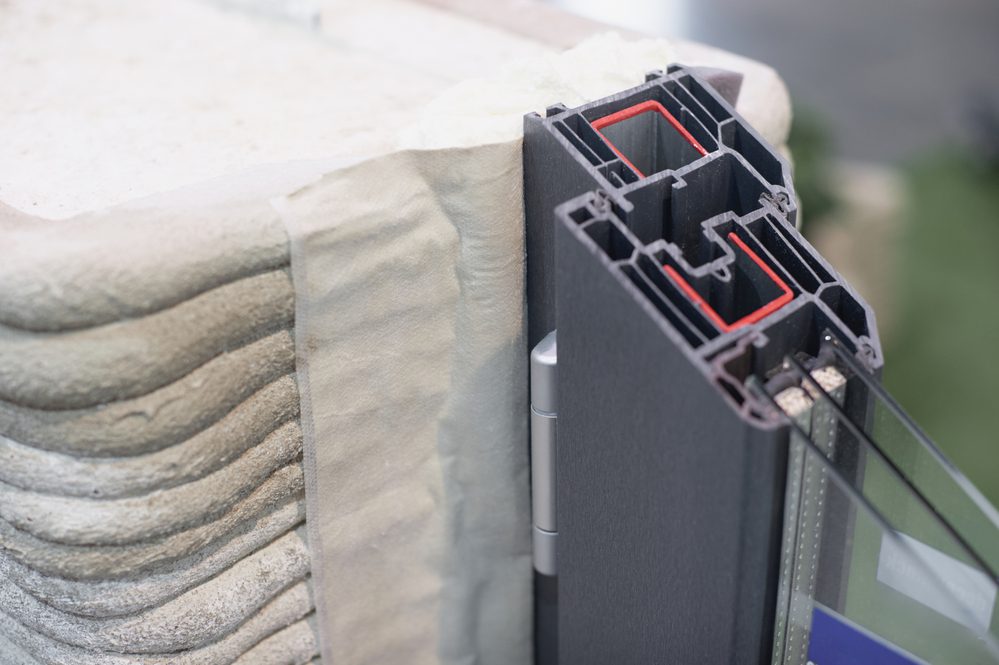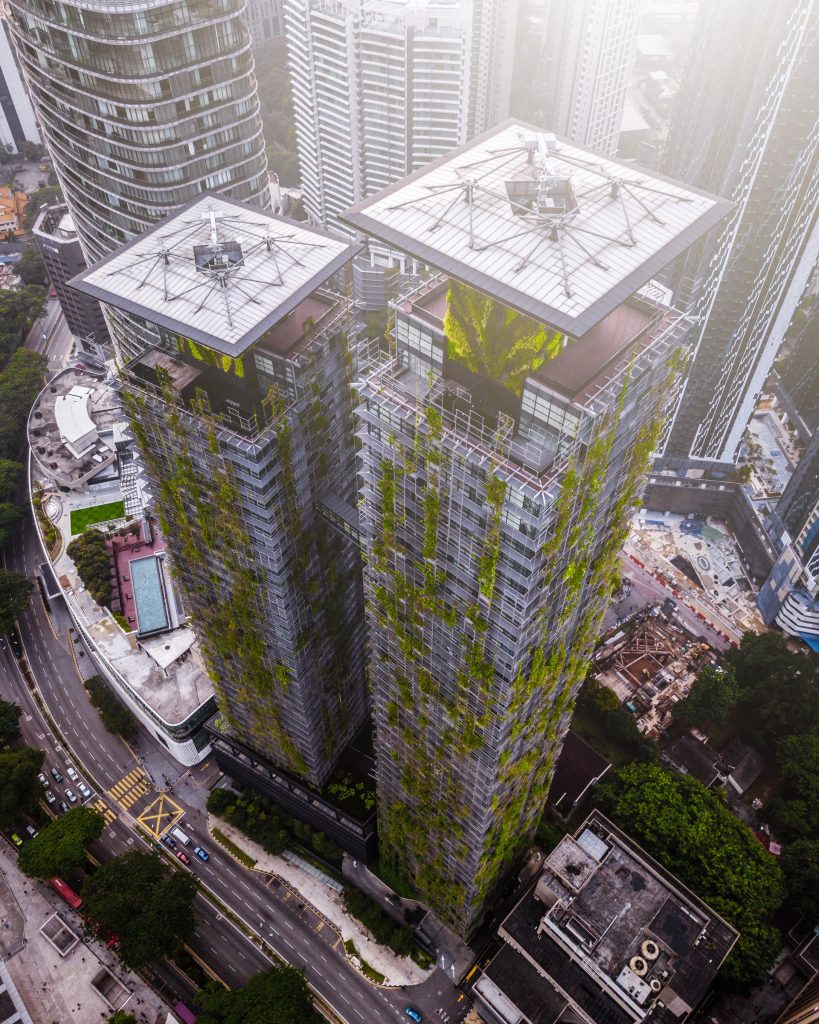Table of Contents:
3D printed homes and other buildings can combine design, functionality, low cost and environmental concerns. The development of 3D printing is gaining incredible speed and looking into more spheres of life. Today, 3D printing and architecture are in front of us. Is 3D printing in construction the technology of the future?
3D printed buildings in Europe
In the summer of 2021, a fully 3D printed house was presented in the town of Beckum in northwest Germany. The two-storey residence offering 160 square metres of living space is a project co-financed by the state of North Rhine-Westphalia. And this means that the public administration sector is also getting involved in the investment – a good sign for 3D printing.
How does a 3D printer work in construction? The process can be compared to frosting baked goods. Equipped with a robotic arm, the machine prints the material layer by layer, leaving empty spaces where doors or windows are to be fixed. Such layer-by-layer printing allows architects great flexibility in the design and choice of materials for structures.
“The special thing is that we designers have a lot more freedom with the concrete printer,” Waldemar Korte, an architect whose firm designed the building in Beckum, said for Germany’s WDR. “We can really play with form.”
Creative 3D printing in architecture
TECLA sustainable homes by Italian architects being built using 3D printers are made from clay. The houses, built in Massa Lombarda near Bologna, were designed by Italian firm WASP (World’s Advanced Saving Project) and Mario Cucinella Architects (MCA).
TECLA – an acronym for technology and clay – are structures built almost entirely of local, raw earth. According to the declaration, the project was inspired by Italo Calvino’s 1972 novel Invisible Cities, which is a series of conversations between Marco Polo and the Mongolian emperor. TECLA refers to the word ‘Thekla’, which Calvino uses in his novel to describe a city that is always under construction. WASP explains that the houses are a response to the climatic and environmental threats we are increasingly facing.
The 60 square metre circular structures have been created through research into local building practices, bioclimatic principles and the use of natural and local materials. Interestingly, it is an almost waste-free project and even the furnishings have been designed to be recycled or reused. Implementation time? A dizzying 200 hours, according to TECLA.
Concrete 3D printing
Sound amazing? Some people can’t believe it when we list to them the types of materials that 3D printers are already using. Waldemar Korte predicts that with the current rapid development of technology, 3D house building could become cheaper than traditional construction methods within the next five years. “We are building much faster,” – says the architect, who took just four days to build a house in Beckum. “We need fewer people, and that helps when the construction industry is short of skilled workers. The really big 3D printers and innovative concrete mixes help.
Concrete mixes are, as the name suggests, a mixture of cement and sand, but many builders add geopolymers and fibres to strengthen them. A particularly interesting material of the future for 3D printing is extreme weather resistant lavacrete – developed by US architect Paul Schwam, it is a mixture of powdered red volcanic rock, cement and water.
Low-cost 3D printing for construction
It is worth metioning the topic of building houses using 3D printing technology in the extremely adverse climatic conditions in Mexico, where the existence of poverty in a significant part of the population does not help matters any more. In such circumstances, 3D printing of buildings can be a remarkable opportunity to improve living conditions.
According to All3DP, a website specialising in 3D printing news, declining concrete printer prices are driving down the cost of printing houses around the world. Boston-based company Apis Cor built a house in Russia in 2017 that cost around $10,000. Modest in size but amazing in workmanship – 38 square metres, it stood up in one day. Texas-based construction company ICON, which is working to develop low-cost housing, aims to bring the price of a house down to US$4,000. China’s Winsun broke the record by printing 10 houses in one day in 2014. The cost of building each one was around US$4,800.
The new trio: green building, functional architecture and a 3D printer
Many 3D printed structures now offer the optimum combination of creative design and eco-friendly materials that can be built quickly and at significantly low cost. The charity New Story uses these features to fund and build housing projects in poor areas of South America. By 2020, it had helped finance almost 2,500 homes in Mexico, Bolivia, Haiti and El Salvador. The process is clean, fast and can be massive – and we don’t know what construction, environmental and demographic issues we will still face.
In our main import-export partner, Germany, builders are also beginning to see that 3D printing could be the solution to relieve congestion in the domestic construction industry and solve the housing shortage. New markets are opening up rapidly, although so far the new technology has not yet caught on.
A house from a 3D printer for everyone? Maybe in a few years
However, the business and industrial world has high hopes. 3D printing could help primarily in prefabrication. Various parts could be printed in factory floors and then sent to construction sites. Homes built using 3D printing technology use large-scale equipment for much of the construction, but also rely on traditional techniques for other basic home needs such as roofing, wiring, insulation and window installation.
According to analysts at the Los Angeles Times, it is too early to tell if 3D printed homes will be able to stand up to traditional construction in the long run. Even supporters of the technology note that they understand why potential homeowners may be cautious when considering purchasing a 3D printed home. Here’s hoping we’re in for a big test run, followed by spectacular success. After all, there’s no place like home, and this one has to be perfect and meet all your needs.
How useful was this post?
Click on a star to rate it!
Average rating 0 / 5. Vote count: 0
No votes so far! Be the first to rate this post.





















